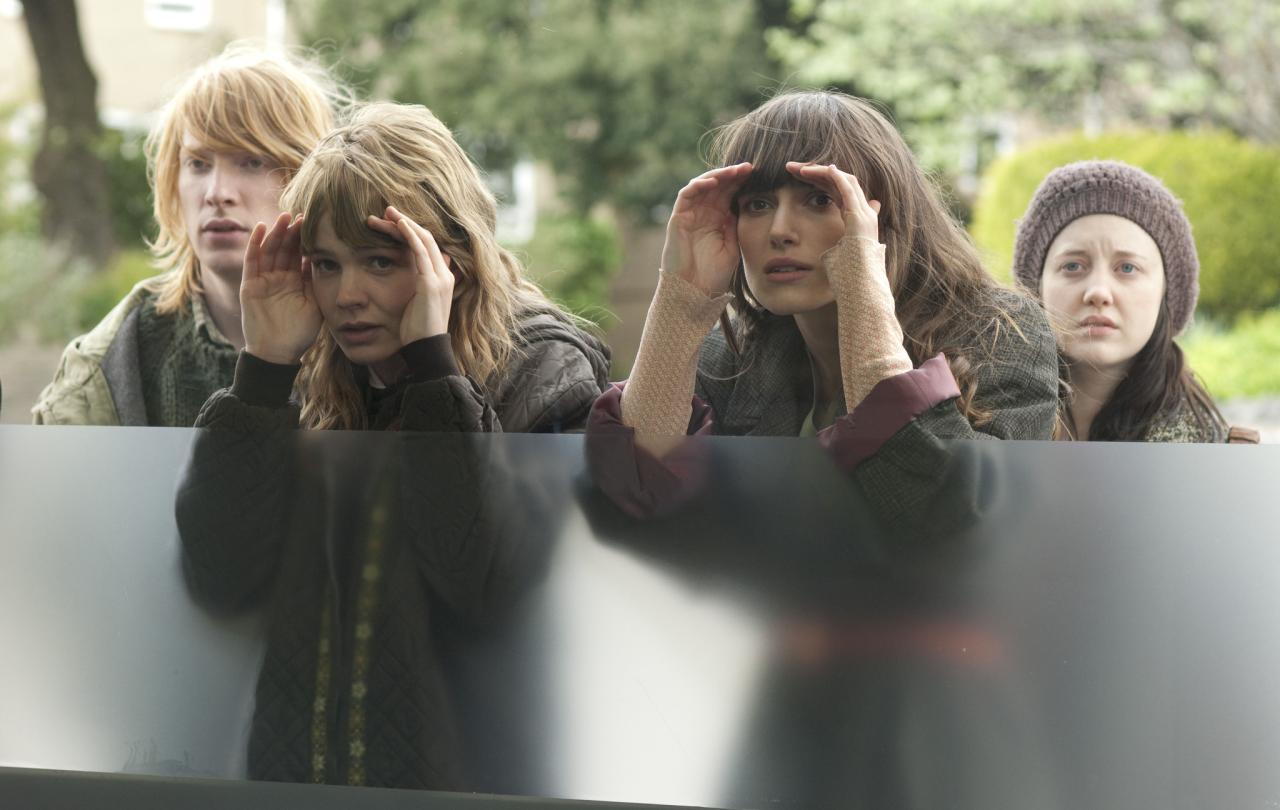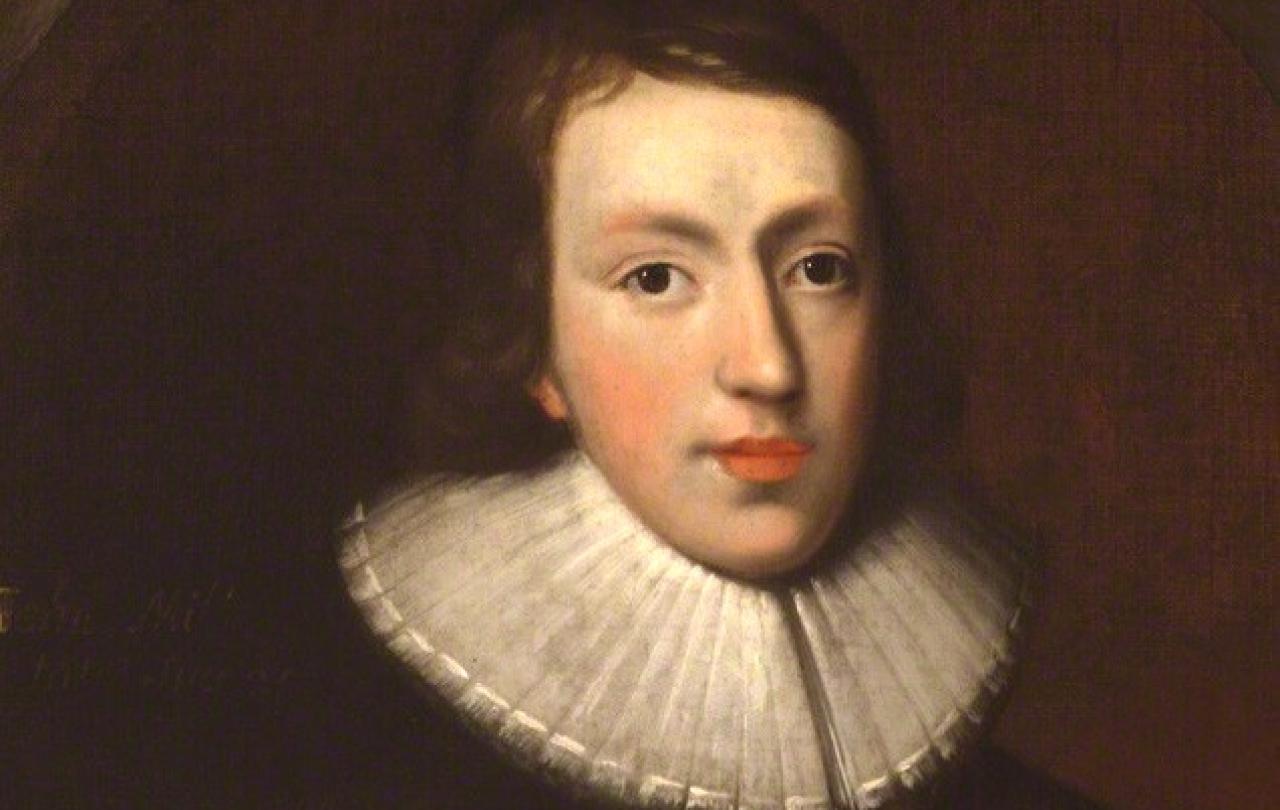
This article contains spoilers.
Human beings are creative. For good or for evil, making new things out of raw materials is something that we can’t help doing, whether that’s writing new books, creating new recipes, or building new houses. Why are we born this way? Christians would say it’s because of the imago Dei: because according to the book of Genesis, the first book in the Bible, we are made in the image of God. If God created the world and every one of us, and if we’re made in his image, then it follows that all of us have this creative impulse within us, too.
But if creating is something natural to us, does it follow that it’s also core to our identity as human beings? In other words, is making something that we do, or something that we are? Are we different from all other living creatures in this world by being creators ourselves?
Although he doesn’t call himself a Christian, these are precisely the kind of theological questions the novelist Kazuo Ishiguro asks time and time again in his books. And nowhere does he ask them more powerfully than in Never Let Me Go, which was published 20 years ago.
Never Let Me Go starts off as the story of three children at a boarding school. Kathy, one of three friends, serves as our first-person narrator; it’s through her eyes that we slowly realise something sinister is taking place. As Kathy, Tommy, and Ruth grow into teenagers and then young adults, it’s finally revealed that they are clones, brought into being thanks to advancements in cloning technology in a dystopian post-World War II Britain. They are brought up for the sole purpose of being organ donors. Or, to put it more bluntly, they’ve been raised for slaughter.
Kathy, Ruth, and Tommy have a happy childhood at their boarding school, Hailsham. Their future is hinted at by their teachers, but they’re largely shielded from the truth. All around the country, we later find out, clone children are being raised in horrific conditions. But Hailsham is different, because its Headteacher, Miss Emily, is part of a group that believes the clones deserve to be treated humanely – at least until someone needs a kidney transplant.
But, though treated in a ‘humane’ way, society doesn’t see the Hailsham clones as ‘human’, and that’s precisely what Miss Emily is trying to prove: that they are not unlike real, normal people. So, she encourages the children to make art. ‘A lot of the time’, Kathy tells us, ‘how you were regarded at Hailsham, how much you were liked and respected, had to do with how good you were at “creating”’. The children don’t understand why they must always paint and draw, but they’re told that Madame Marie-Claude, a mysterious figure, will collect their best artworks for a seemingly important ‘gallery’.
Years later, Tommy and Kathy have become a couple. Before dying – or ‘completing’, as they call it – after her second ‘donation’, Ruth tells them that she believes a deferral is possible for couples that are truly in love. Kathy and Tommy go to Miss Emily’s house, their former Headmistress, certain that, as children, they were encouraged to produce art precisely to be able to prove, one day, their true feelings.
They are quickly disappointed. Miss Emily reveals that Hailsham has now closed down, but that while the school stood, it was meant as an experiment, aimed at convincing the public to improve living conditions for the clones:
‘We took away your art because we thought it would reveal your souls. Or to put it more finely, we did it to prove you had souls at all…we demonstrated to the world that if students were reared in humane, cultivated environments, it was possible for them to grow to be as sensitive and intelligent as any human being.’
Equating creativity with human identity does make sense, to an extent at least. In The Mind of the Maker (1941), Christian novelist and critic Dorothy L. Sayers argued that the closest we can get to understanding God as our Creator is through engaging ourselves in creative acts: ‘the experience of the creative imagination in the common man or woman and in the artist is the only thing we have to go upon in entertaining and formulating the concept of creation’. In creative acts, from a Christian perspective, we partially grasp God’s creation of us.
Ultimately, however, being creative in imitation of God, is not enough to get to the very core of what defines a human being. There are all kinds of factors, from old age to mental or physical disability, that make any form of traditionally creative act highly unlikely for some people. By that definition, someone in a coma or a newborn baby is not fully human.
That’s exactly the definition of humanity that underpins the cruel society of Ishiguro’s Never Let Me Go. We need a better definition, and Christianity provides a unique tradition to help us on the way. A Christian concept of the human person is one that looks both at why we were made, and what we were made for. Christians believe that God made us out of love, and for the purpose of being in communion with him. He made each one of us as a special and irreplaceable individual, and for each of us our telos – the end or aim of our life – is to join him in heaven.
If we embrace this definition of what it means to be human, then the extent to which we are able to express our intelligence or creativity while on earth doesn’t really matter anymore. If we believe that merely to exist is good – not to exist and fulfil our potential through this or that accomplishment, but just to exist – then we can’t deny that each member of the human family is, in fact, a ‘person’ in the fullest sense of the word.
It is precisely this God-shaped hole that makes the concept of human dignity so fragile and slippery in Never Let Me Go. Ishiguro’s brilliant novel is, ultimately, the perfect Frankenstein story for the modern day. It warns us about the consequences of what might happen if we try to treat other human beings as things we have paid, but even more powerfully it shows us the danger of valuing human life for its creativity, instead of loving it as the creation of God.
Celebrate our 2nd birthday!
Since March 2023, our readers have enjoyed over 1,000 articles. All for free. This is made possible through the generosity of our amazing community of supporters.
If you enjoy Seen & Unseen, would you consider making a gift towards our work?
Do so by joining Behind The Seen. Alongside other benefits, you’ll receive an extra fortnightly email from me sharing my reading and reflections on the ideas that are shaping our times.
Graham Tomlin
Editor-in-Chief





